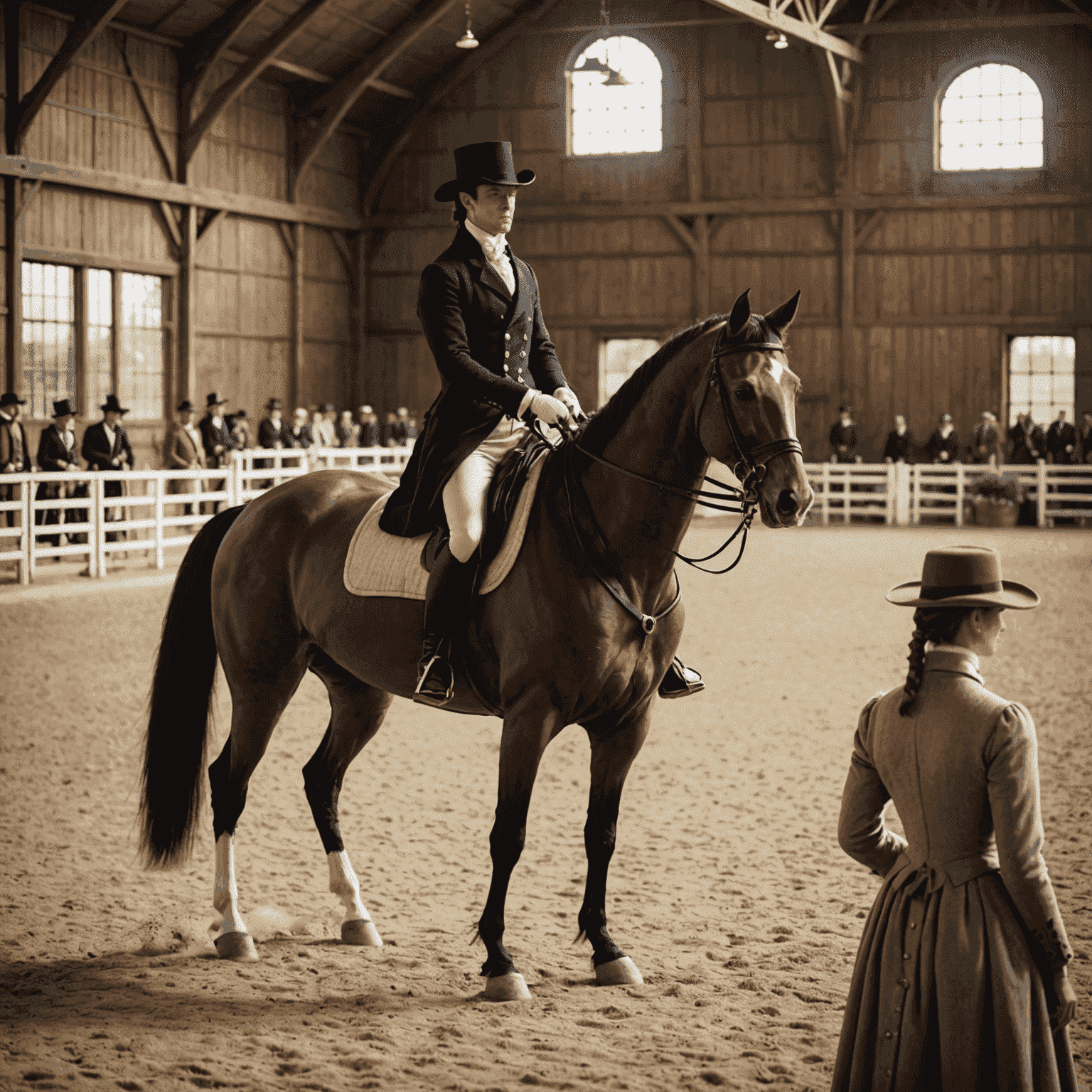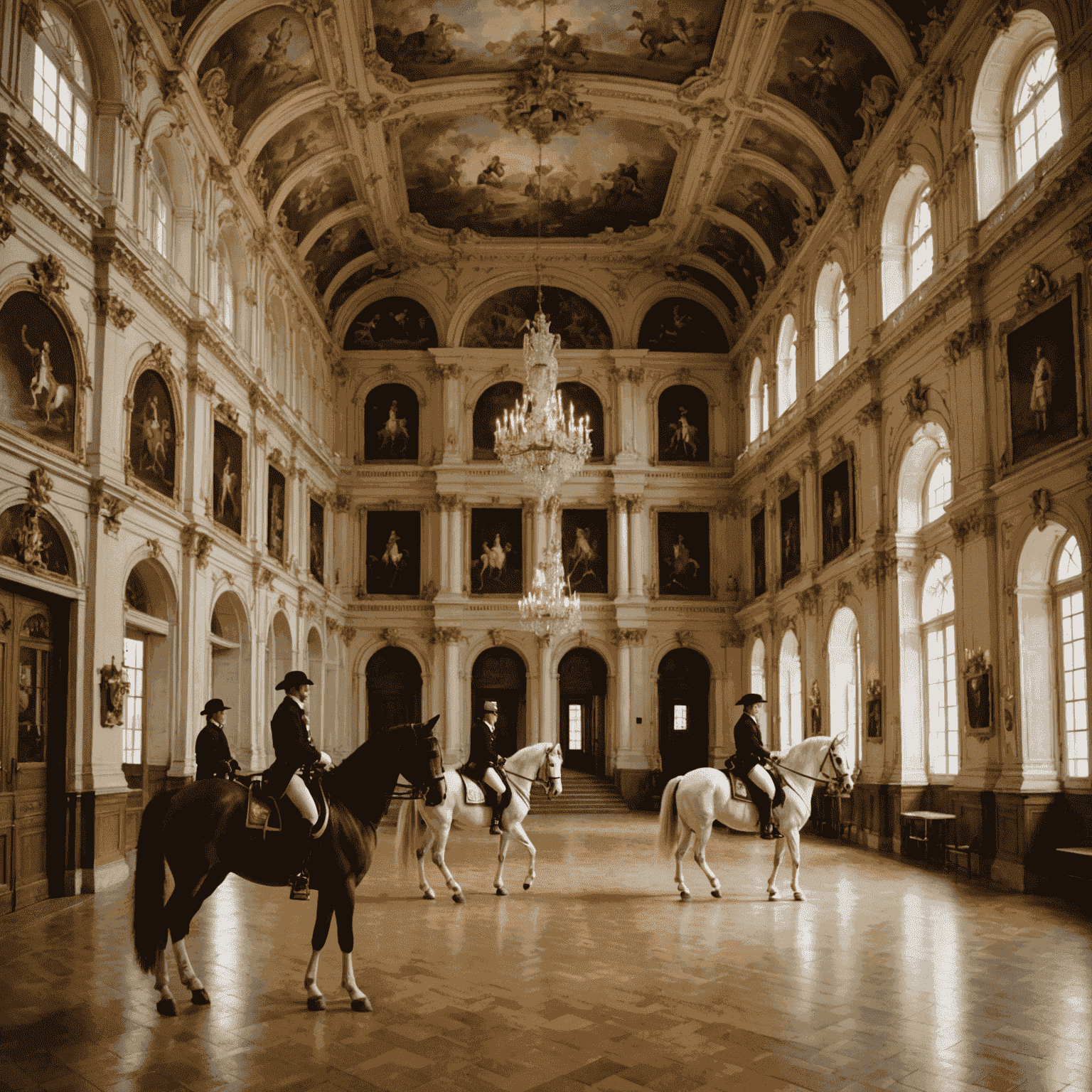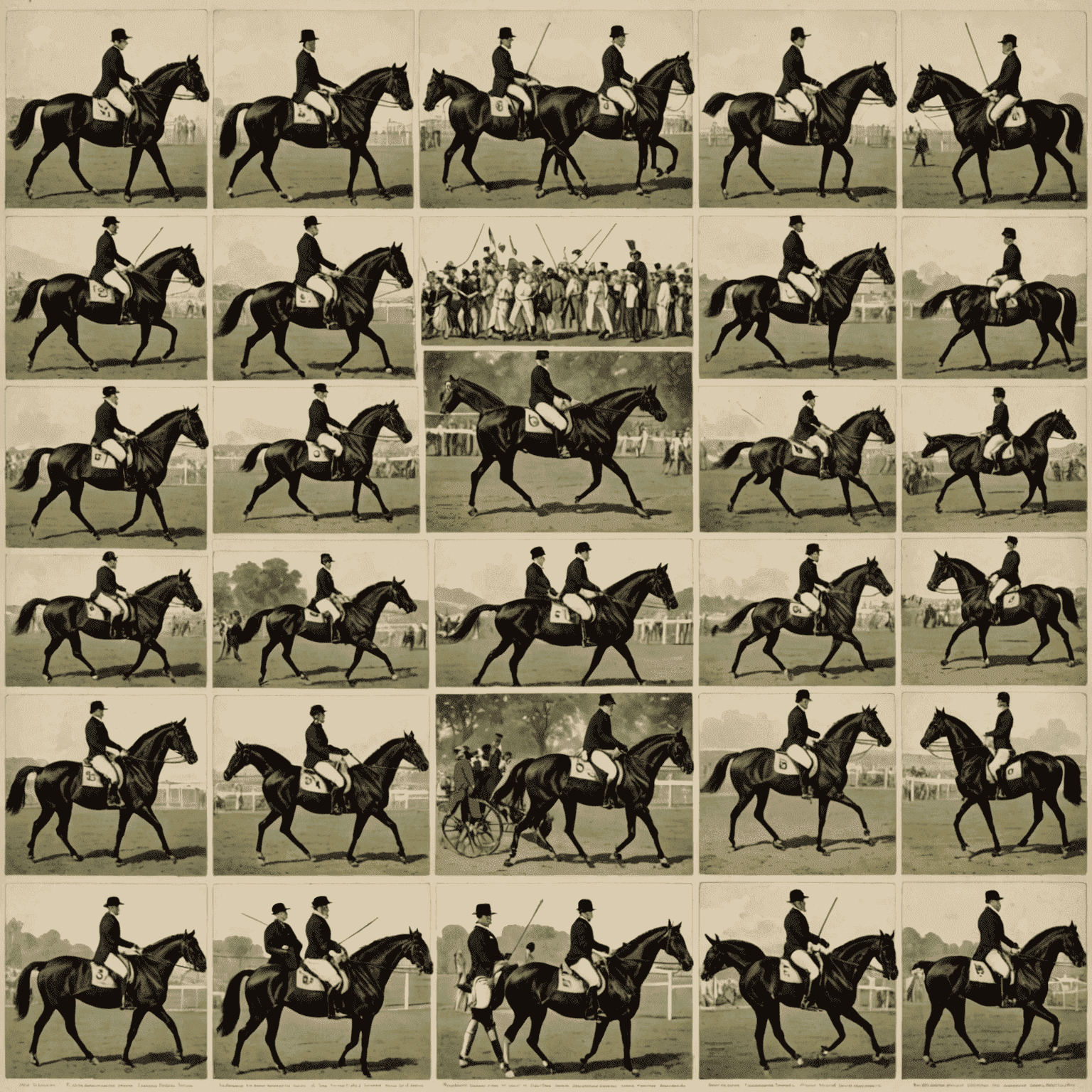The Rise of Modern Equestrianism

The 18th and 19th centuries marked a pivotal era in the world of equestrianism, witnessing the development of classical riding techniques and the establishment of equestrian sports as we know them today. This period saw a transformation from purely utilitarian horsemanship to an art form and competitive pursuit.
The Birth of Classical Riding
In the 18th century, European aristocracy embraced horseback riding not just as a means of transportation, but as a refined art. The development of classical riding techniques can be traced back to this era, with influential figures like François Robichon de la Guérinière introducing principles that still form the foundation of modern dressage.
Establishment of Riding Academies
Riding academies began to flourish across Europe, with institutions like the Spanish Riding School in Vienna (founded in 1572 but reaching its peak in the 18th century) setting the standard for classical horsemanship. These academies codified training methods and preserved traditional techniques, contributing significantly to the evolution of equestrian sport.

The Emergence of Competitive Equestrianism
The 19th century saw the emergence of organized equestrian competitions. Steeplechasing, which originated in Ireland, gained popularity and evolved into modern eventing. Show jumping also developed during this period, with the first Grand Prix in Paris held in 1866.
Influence of Military Horsemanship
Military cavalry schools played a crucial role in shaping modern equestrianism. The techniques developed for cavalry training, emphasizing precision, control, and agility, directly influenced the development of competitive disciplines like dressage and show jumping.
Standardization of Equestrian Sports
Towards the end of the 19th century, efforts to standardize equestrian sports began. The formation of national equestrian federations and the inclusion of equestrianism in the Olympic Games (starting in 1900) marked significant milestones in the sport's history.

Legacy and Continued Evolution
The classical riding techniques and competitive formats established during this period continue to influence modern equestrianism. Today's riders and trainers still draw upon the principles developed centuries ago, while adapting them to contemporary understanding of horse physiology and welfare.
The rise of modern equestrianism in the 18th and 19th centuries laid the groundwork for the rich and diverse equestrian culture we see today. From the refined art of dressage to the thrilling spectacle of show jumping, these historical developments have shaped the way we interact with and appreciate horses in sport and leisure.